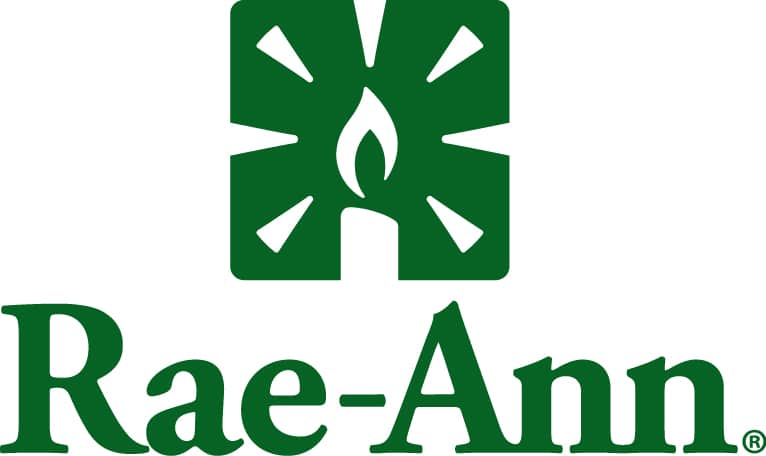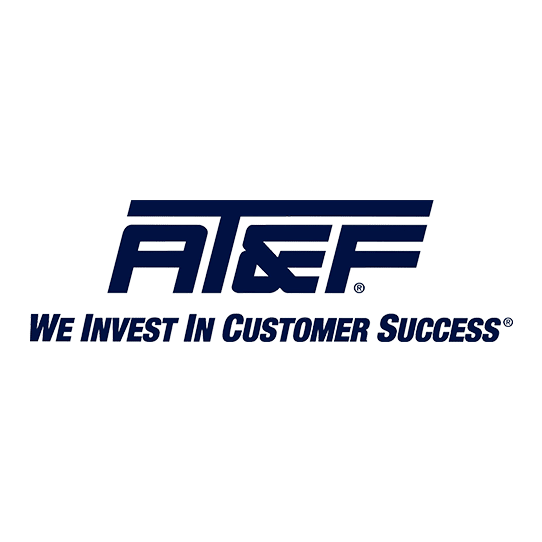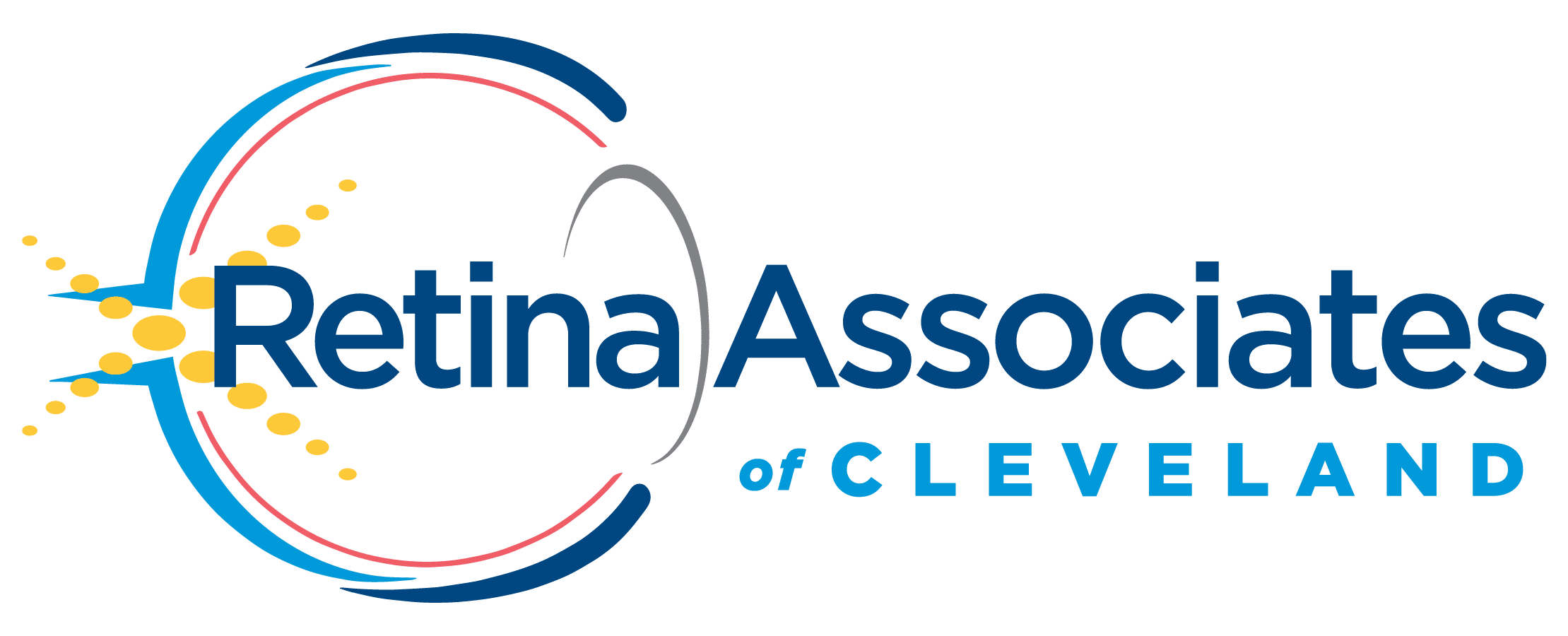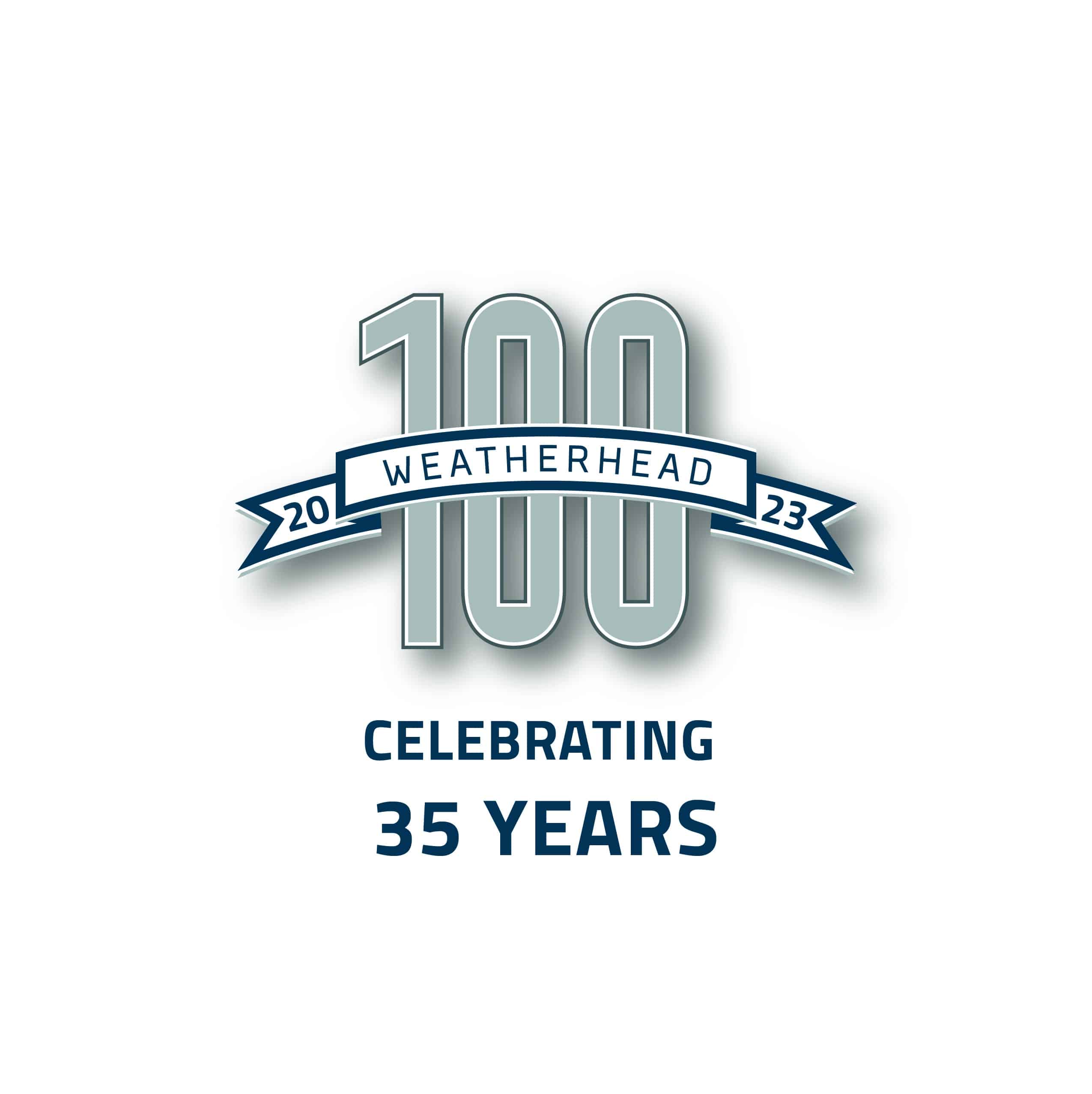It’s certainly not news to you: There is a severe labor shortage in the manufacturing sector. In fact, according to the National Association of Manufacturers, nearly 2.1 million manufacturing jobs could be open by 2030. One way to attract and retain top talent is to provide an impressive slate of employee benefits. One such benefit is childcare. And manufacturers may be able to offset some of the costs with a valuable tax credit. Here’s how it works.
The basics
The Section 45F employer-provided childcare credit is part of the general business credit, which is composed of more than 30 separate tax credits that are subject to combined limits based on your tax liability. To calculate and claim the credit, a business files Form 8882, Credit for Employer-Provided Childcare Facilities and Services.
The credit is equal to 25% of an employer’s qualified childcare facility expenditures plus 10% of its qualified childcare resource and referral expenditures paid or incurred during the tax year. It’s limited to a total of $150,000 per tax year.
Facility expenditures
Qualified childcare facility expenditures are amounts paid:
- To acquire, construct, rehabilitate or expand property that’s 1) to be used as part of a qualified childcare facility of the taxpayer, 2) depreciable or amortizable, and 3) not part of the principal residence of the taxpayer or one of the taxpayer’s employees;
- To operate a qualified childcare facility of the taxpayer, including expenses for training, scholarship programs and increased compensation for employees with childcare training; or
- Under a contract with a qualified childcare facility to provide childcare services to the taxpayer’s employees.
To qualify, expenses must not exceed the fair market value of the childcare provided. A qualified childcare facility is one that meets all state and local regulatory requirements and:
- Is used principally to provide childcare (unless it’s also the personal residence of the person who operates it),
- Is open to all of the taxpayer’s employees during the tax year, and
- Doesn’t discriminate in favor of highly compensated employees.
In addition, if the facility is the taxpayer’s principal trade or business, at least 30% of enrollees must be dependents of the taxpayer’s employees.
Special rules and restrictions
Qualified expenditures are amounts paid under a contract to provide resource and referral services to help a taxpayer’s employees find childcare. To avoid double benefits from the same expenditures, the taxpayer must reduce its basis in any qualified childcare facility by the amount of the credit attributable to facility-related expenditures. The taxpayer must also reduce other deductions or credits that are based on the same expenses.
Taxpayers may have to recapture (pay back) some or all of the credit if a qualified childcare facility ceases to operate as such, or undergoes a change in ownership, before the 10th tax year after the tax year in which it’s placed in service. The percentage of the credit that must be recaptured decreases gradually over the 10-year period.
Valuable recruiting tool
As employers compete for a shrinking labor pool, employer-provided childcare can be an attractive perk for current and prospective employees. The Sec. 45F tax credit can help reduce the cost of this benefit. Contact us with any questions regarding this tax credit.
© 2023
Related Insights
Featured Post

Featured Client Testimonials
BW is a true partner to us. Their knowledge, expertise, and service are a valuable resource to us and play an important role in our success!
John Allen - Vice President of Finance, Kaufman Container

Featured Client Testimonials
I appreciate the exceptional tax advice we received over the years. The (BW team) has a good grasp of our business needs. Thank you for your excellent service.
John Griffiths - Owner, Rae Ann, Inc.

Featured Client Testimonials
The BW team has been fantastic to work with; both the team member at our office as well as at the partner level. Any issues or concerns are handled very efficiently and effectively.
Kelley Needham - Chief Executive Officer, Epilepsy Association

Featured Client Testimonials
Barnes Wendling has been our company accountants for over seven years. Their knowledge has been instrumental in helping us grow strategically during this time. And although we’ve seen many changes in our economy that we cannot control, we’ve always been able to trust the Barnes team to be by our side. The Barnes team feels like family. We can’t thank them enough for their support!
Christine Kloss - Controller, AT&F

Featured Client Testimonials
Barnes Wendling has been our company accountants for over 15 years. During this time, the business has grown exceptionally, and Barnes has kept pace, providing accurate, quality advice. Our finances are more efficient than ever, and the expense of hiring Barnes has been a definite positive add to our bottom line. I give my highest recommendation to their firm.
David Miller, MD - President, Retina Associates of Cleveland

Featured Client Testimonials
Barnes Wendling has provided us guidance and recommendations that have strategically helped strengthen our business and position ourselves for growth. We needed to hire a new VP of Finance and Controller this past year, and they were instrumental in helping us find the best candidates for our company.
Sara Blankenship - President, Kaufman Container

Featured Client Testimonials
We value the trust, accuracy of information, and reliability of Barnes Wendling and Mike Essenmacher personally. Mike has been instrumental as a trusted advisor on accounting, tax, and personnel issues. His advice is always accurate, and he is very reliable. His associates are also very talented.
Dominic Ozanne - President and CEO, Ozanne Construction Company

Featured Client Testimonials
We value Barnes Wendling’s expertise with all things accounting so we can operate our business using our strengths and allowing them to be our experts. They have also brought me a few business sale opportunities to allow me to grow my assets.
John Gaydosh - President and Metallurgical Engineer, Ohio Metallurgical Service

Featured Client Testimonials
Barnes Wendling (especially Lena) did a great job with our financials. Everything. It is extremely refreshing and comforting to know that all of our numbers are not only correct, but they are in the right place(s). Your diligence and reporting truly does make me (personally) feel better.
Thomas Adomaitis - Controller, Bialosky Cleveland

Featured Client Testimonials
I can wholeheartedly tell you that I have yet to work with an audit or tax team that have been more helpful, easy to work with, and committed than the team at Barnes Wendling- I have been through three different firms in the last few years.
Michelle Saylor, Former Controller, Aero Mag

Featured Client Testimonials
Floyd Trouten at Barnes Wendling CPAs is an “expert’s expert” when it comes to M & A accounting. Not only does he understand the evolving details of the Tax Code but he also sees the fine points of their application for owners, managers, investors, and financiers.
Mark A. Filippell, Western Reserve Partners

Featured Client Testimonials
The service is amazing at Barnes Wendling CPAs. The benefit is worth more than the cost. Sometimes it’s true that you get what you pay for.
Mark Boucher - Former Owner, Castle Heating & Air









